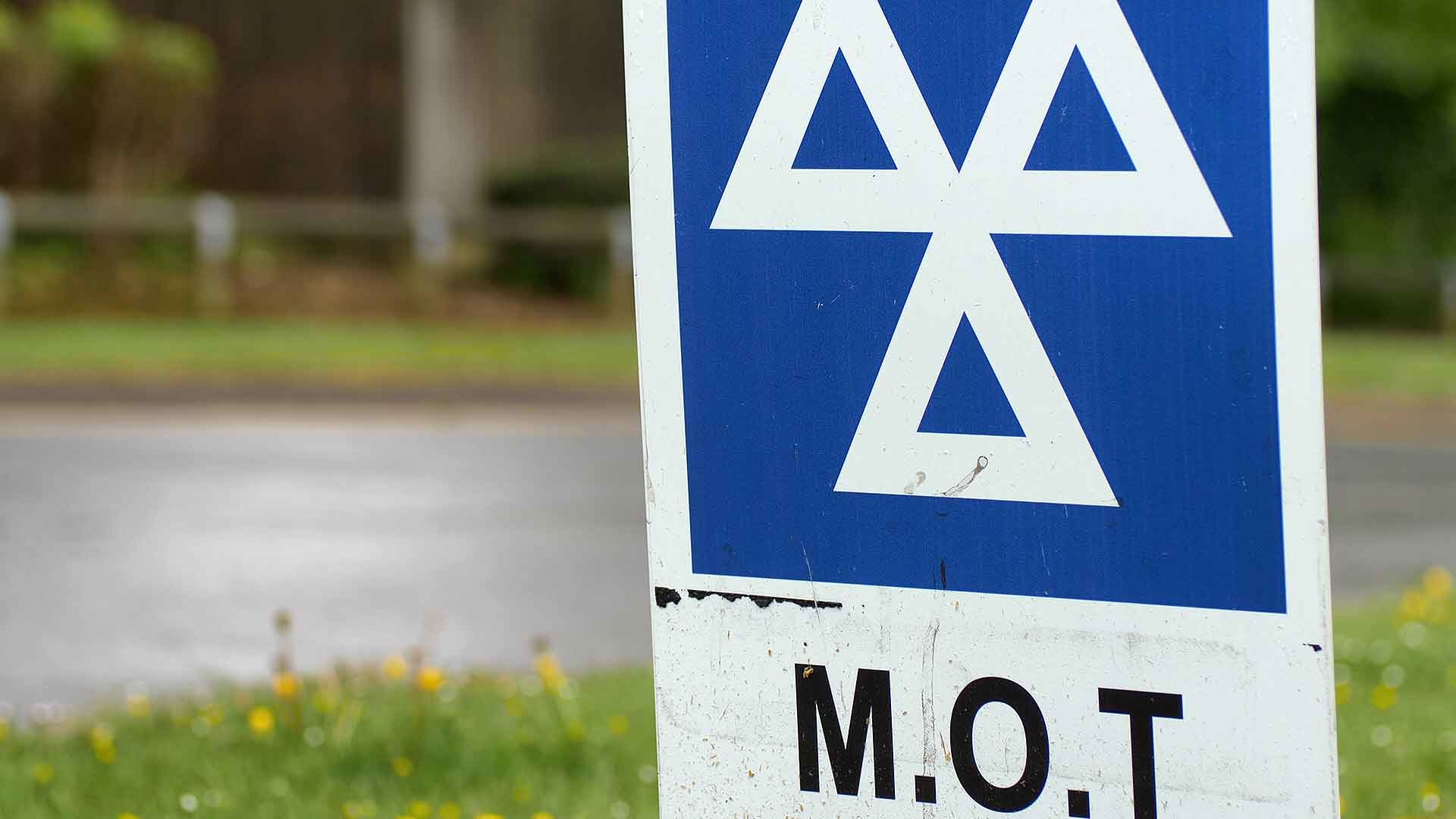You usually require evidence of an MOT test to tax a vehicle. However, some vehicles are exempt from MOT testing, including tractors and some historic vehicles.
All cars with up to eight passenger seats require an MOT on the third anniversary of their date of registration. It’s the same for motorcycles, motor caravans, three-wheeled vehicles, quad bikes, dual-purpose vehicles, private hire and public service vehicles (up to eight seats), along with goods vehicles up to 3,000kg.
You can view a complete list of the age when the first MOT is needed, along with the maximum cost of a test, by clicking here.
To apply for MOT exemption, you will need to complete a V112 form. This should be produced when you tax your vehicle at a Post Office. Alternatively, it can be completed when you tax your vehicle online.
Vehicles exempt from the MOT test

The following vehicles are exempt from the MOT test:
- Motor tractor.
- Track-laying vehicle.
- Articulated vehicle that is not a lorry or bus.
- Works trucks.
- Invalid carriages weighing no more than 360kg when loaded.
- Vehicle used only to pass from land occupied by the person keeping the vehicle to other land occupied by them, and not travelling on the road for more than a total of six miles a week.
- Hackney carriage licensed by Transport for London.
- Vehicle provided for police purposes and maintained in an approved workshop.
- Goods vehicle powered by electricity and first registered before 1 March 2015 (Great Britain only).
- Tram.
- Trolley vehicle that is not an auxiliary trolley vehicle.
- Vehicles authorised to be used on the road by a Special Types General Order or a Vehicle Special Order, unless the order specifies otherwise.
- Vehicles used only on certain islands that do not have a bridge, tunnel, ford or other suitable way for a motor vehicle to be conveniently driven to a road in any part of the UK.
- Vehicles with a maximum design speed of less than 15.5mph.
- A vehicle constructed for gully or street cleaning or refuse disposal, which either is a three-wheeled vehicle or has an inside track width of less than 810mm.
- A public service vehicle having a date of manufacture before 1 January 1960 and which has not been substantially changed.
- A vehicle other than a public service vehicle registered or manufactured 40 years ago and which has not been substantially changed in the last 30 years.
Historic vehicle MOT exemption

On 20 May 2018, new legislation was introduced meaning historic (classic) cars more than 40 years old will no longer require an MOT. This is a rolling date, so if your car was first registered on 1 November 1980, it is now exempt from the MOT test. You can declare it a Vehicle of Historic Interest (VHI).
It’s worth noting the point about ‘substantially changed’. If the car has been ‘substantially’ altered in the last 30 years, the MOT exemption no longer applies. You can read the government’s definition of ‘substantially changed’ on the V112 form, but in summary, the changes extend to the chassis or monocoque bodyshell, engine, axle and running gear.
There are also considerations for kit cars, vehicles with a Q-plate registration number, and reconstructed classic vehicle and kit conversions.
When taxing a classic vehicle, you will need to declare that is exempt from the MOT test. This can be completed on the V112 form using category ‘R’. If you fail to register it as a VHI, the car will still require an MOT test before it is allowed on the road.
It remains your responsibility to ensure your car is in a safe and roadworthy condition. Many classic car owners choose to voluntarily submit their historic vehicles for testing.
Click here to download the V112 ‘Declaration of exemption from MOT’ form. For information on MOT testing during the lockdown, read our latest news item.
ALSO READ:
What does that sensor on my car windscreen do?
Where is it illegal to park your car?
The history of in-car entertainment